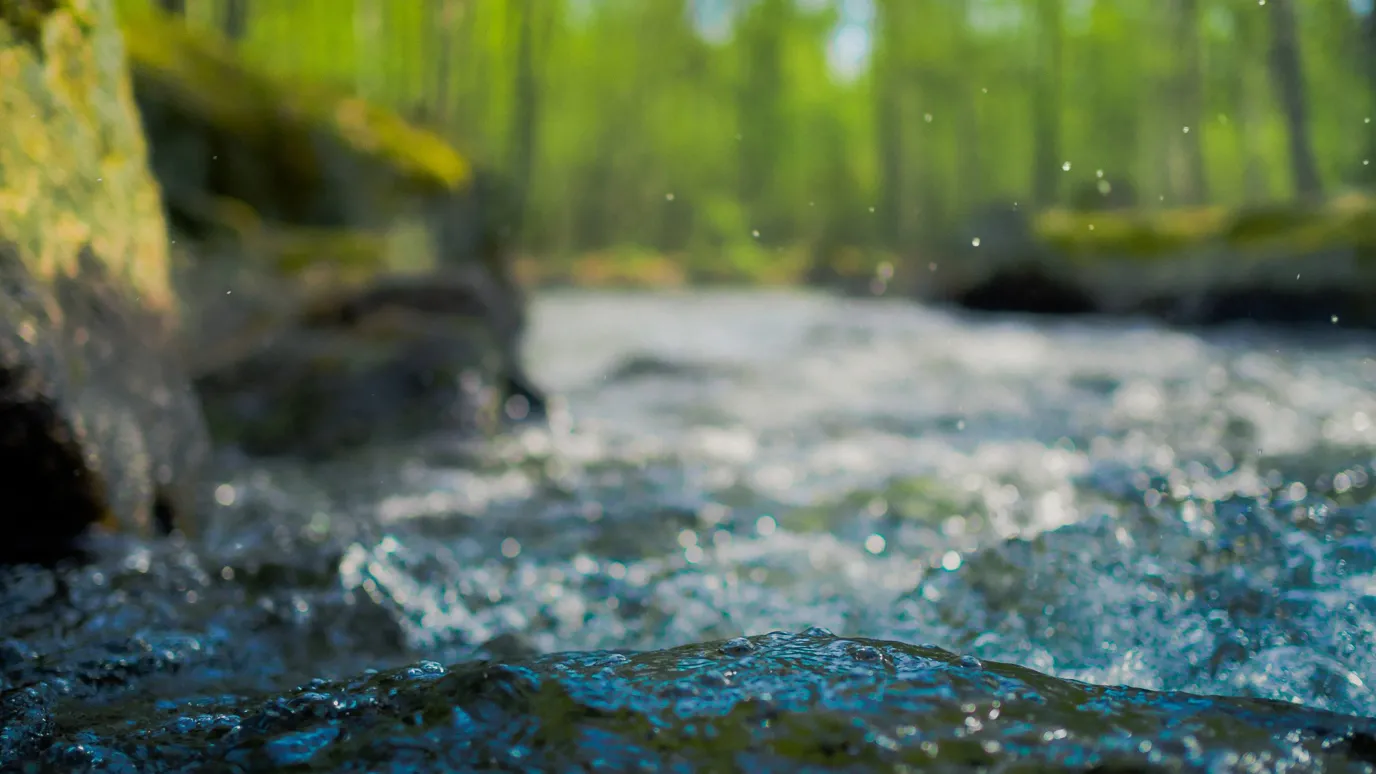In Finland, the water mains and wastewater treatment are both usually managed by municipal enterprises. Finland’s freshwater resources are abundant in lakes, rivers and ground water, thanks to rainy autumns and snowy winters. Water availability is secured, and sustainable water extraction and water treatment technologies are in use. Water supply and wastewater treatment in our campus cities are provided by Lappeenrannan Energia and Lahti Aqua waterworks.
Drinkable, high-quality tap water is freely available to everyone on LUT’s campuses.
Drinkable, high-quality tap water is freely available to students, staff and visitors on LUT’s campuses. Drinking tap water instead of bottled water is highly recommended, as it saves a great deal of resources and minimizes emissions and waste.
Research, education and collaboration for clean water
Research and education on clean water and separation technology is one of LUT University’s focus areas. So, we are not only using water but also advising and collaborating with municipalities on water treatment, conservation and sustainable technologies. For example, an entirely new pump solution created by LUT’s professors was introduced in Lappeenranta at a pumping station to improve the water quality of the Lake Saimaa. The pump is four times more efficient than other commercial pumps, and the pumping is powered by wind.
Our experts are also involved in the development of stormwater treatment systems in our campus cities Lappeenranta and Lahti.
Monitoring use and saving water
We measure campus water consumption and report on it annually in our sustainability report (p. 31). On the Lappeenranta campus, the buildings have been constructed in accordance with the BREEAM standards (see the BREEAM Assessments database for further information). Water is saved on the campuses with, for example, dual flush valves in toilets, low-consumption taps and showers, and efficient dishwashing at campus restaurants. Automatic, hourly monitoring of water and energy consumption ensure that any irregularities can be identified and fixed immediately. Outdoor planting areas do not need irrigation.
The laboratories on the campus apply safety guidelines to ensure water security and prevent harmful substances from ending up in the sewage system – an issue that’s also emphasized in education. In addition, emissions are prevented with technical solutions. High-risk facilities have reservoirs with no drainage to the sewage system. Drain mats are available to seal drains and prevent spills from flowing into the sewage system. One laboratory has an isolated drain from which waste can be pumped into a separate waste container for appropriate disposal. All laboratory sewage that runs into the municipal sewage system goes through a neutralization tank.
Created 22 August 2023. Updated 26 September 2024.
Read next


